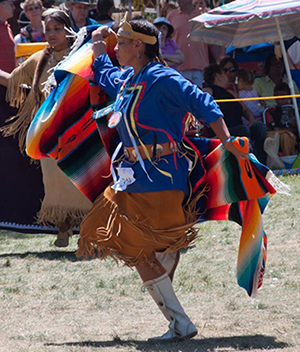
Mashpee Wampanoag Indian Powwow, Mashpee, Massachusetts, July 2010. Courtesy National Library of Medicine/Bryant Pegram
The Donald C. Harrison Health Sciences Library has been selected in a competitive application process to host Native Voices: Native Peoples’ Concepts of Health and Illness, a traveling exhibition to U.S. libraries.
Native Voices explores the interconnectedness of wellness, illness and cultural life for Native Americans, Alaska Natives and Native Hawaiians. Stories drawn from both the past and present examine how health for Native People is tied to community, the land and spirit. Through interviews, Native People describe the impact of epidemics, federal legislation, the loss of land and the inhibition of culture on the health of Native individuals and communities today.
As one of 104 grant recipients selected from across the country, the Donald C. Harrison Health Sciences Library will host the traveling exhibition July 23 through Aug. 30, 2018.
The U.S. National Library of Medicine (NLM) developed and produced Native Voices: Native Peoples’ Concepts of Health and Illness. The American Library Association (ALA) Public Programs Office, in partnership with NLM, tours the exhibition to America’s libraries. Native Voices: Native Peoples’ Concepts of Health and Illness was displayed at the NLM in Bethesda, Maryland, from 2011 to 2015. To learn more and view content from the exhibition, visit http://www.nlm.nih.gov/nativevoices.
Suzanne L. Singer
Related Events
In association with the Native Voices exhibit, related events have been scheduled to explore the topic of Native Peoples’ Concepts of Health and Illness. The first scheduled event is keynote speaker Suzanne L. Singer scheduled for 5-7:30 p.m., Thursday, July 26, in the CARE/Crawley Atrium (Medical Sciences Building, 231 Albert Sabin Way). Throughout August, lectures that cover such topics as “The Contribution of Native Voices to Medicine through Botany,” “Breaking Bread: A Perspective of Fry Bread and Native Health” and “Preventing Tuberculosis while Regulating Indigenous Bodies” have been scheduled in the Stanley J. Lucas, MD, Board Room, E level of the Medical Sciences Building near the Kresge Circle.
A full schedule of events is listed online.

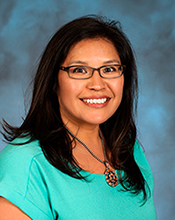
 UC Libraries will be closed, Wednesday, July 4 for Independence Day. This includes Langsam Library’s 4th floor, which will close Tuesday, July 3 at 11pm and reopen Thursday, July 5 at 8am. Normal
UC Libraries will be closed, Wednesday, July 4 for Independence Day. This includes Langsam Library’s 4th floor, which will close Tuesday, July 3 at 11pm and reopen Thursday, July 5 at 8am. Normal 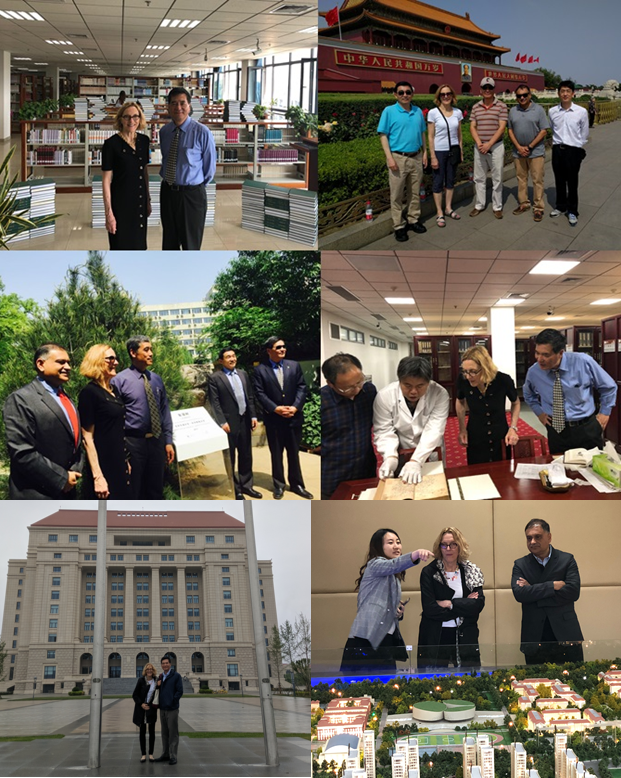
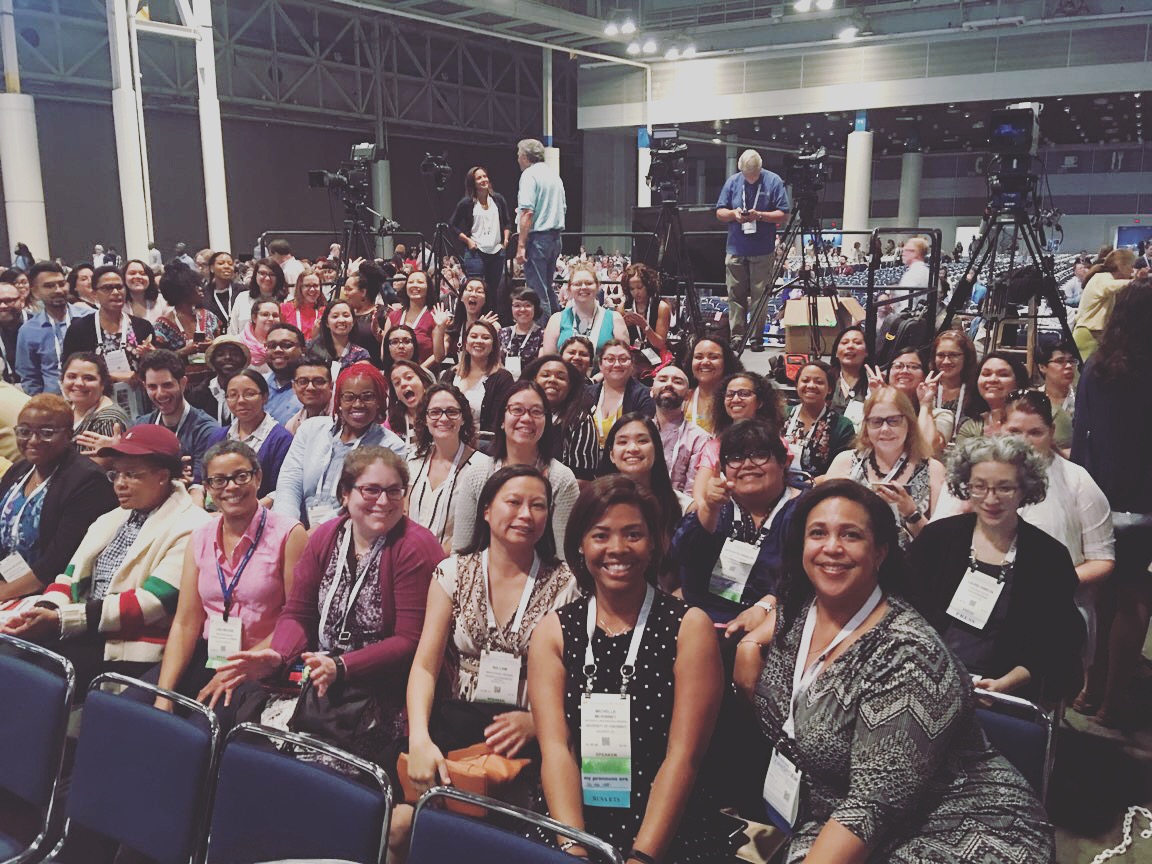
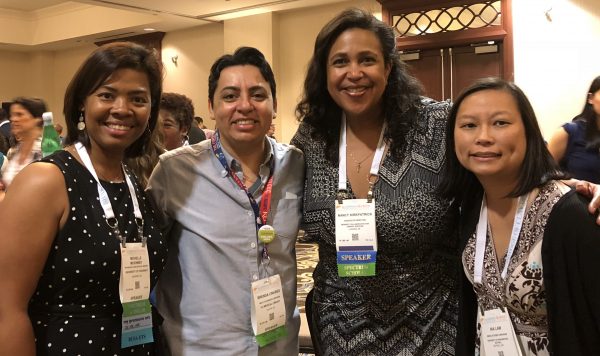
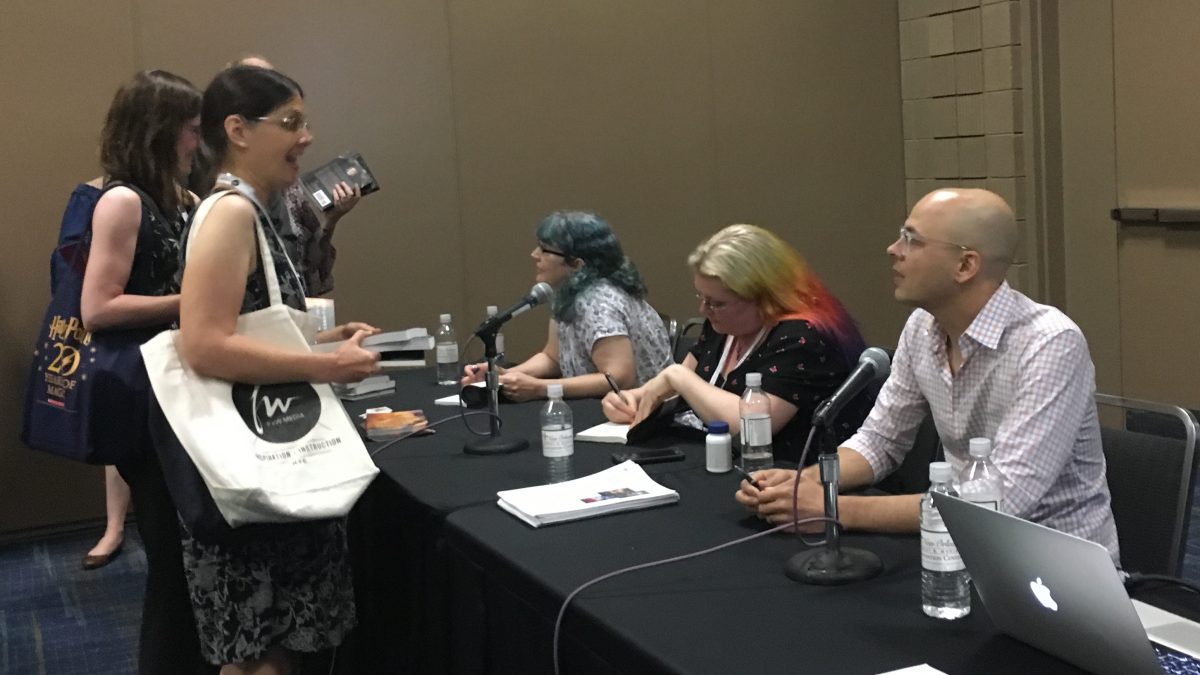
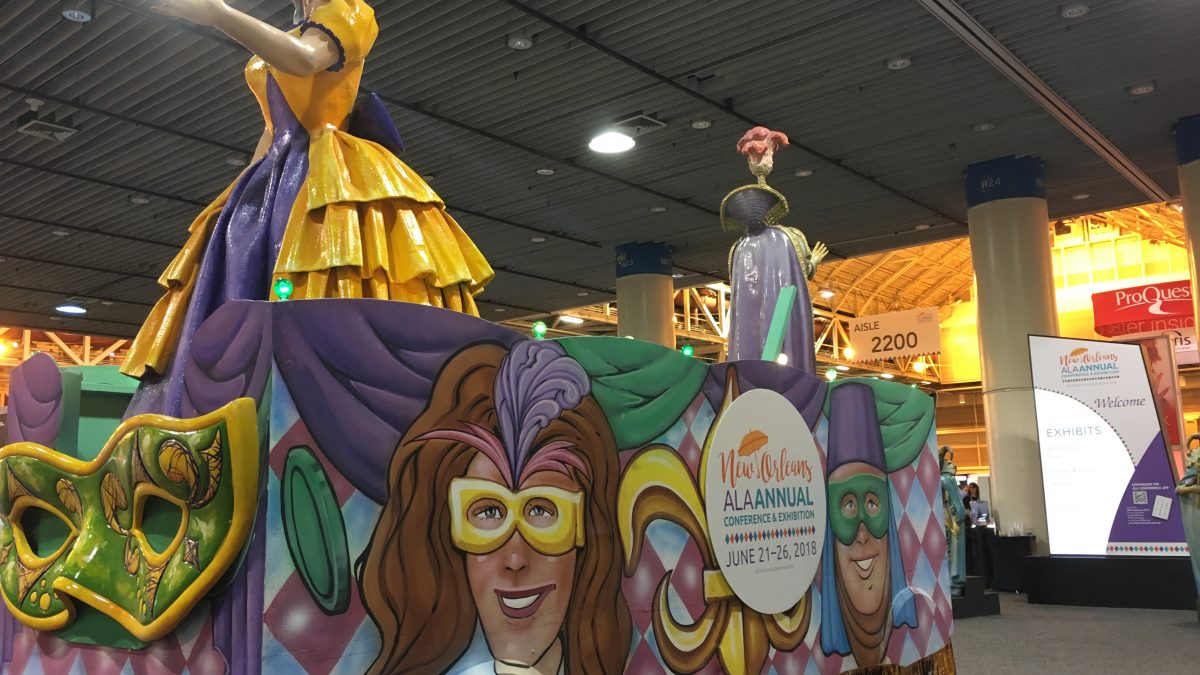
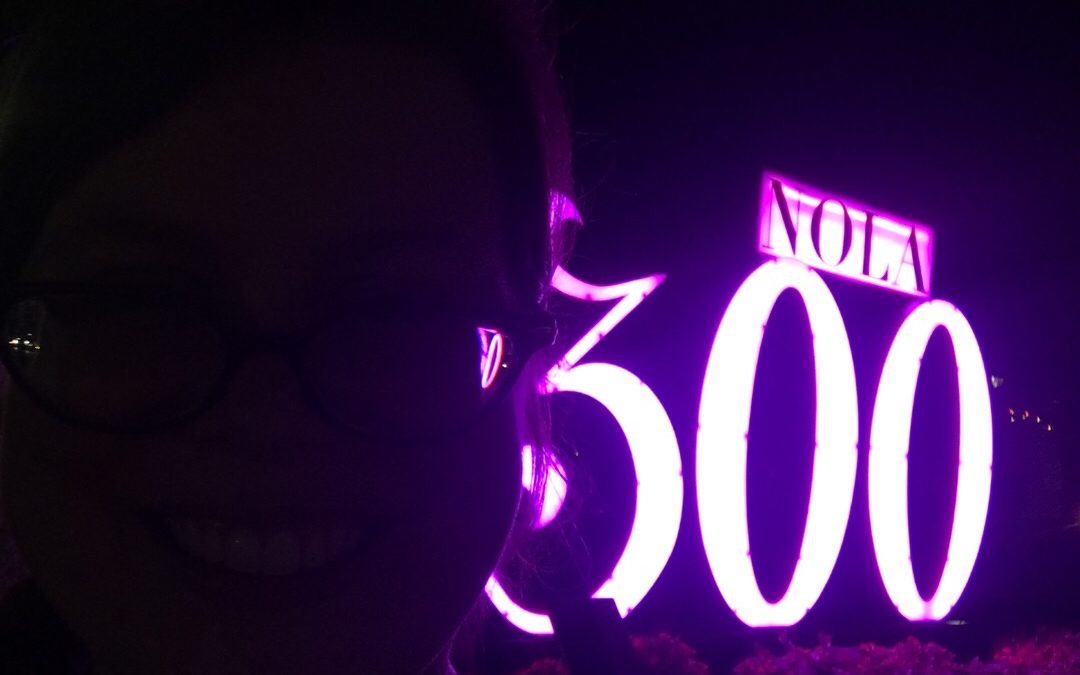
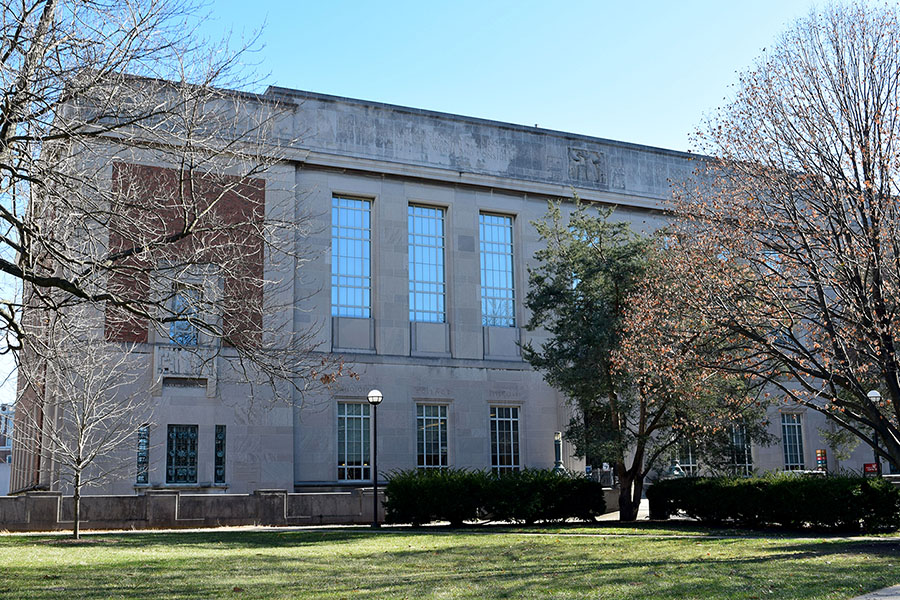
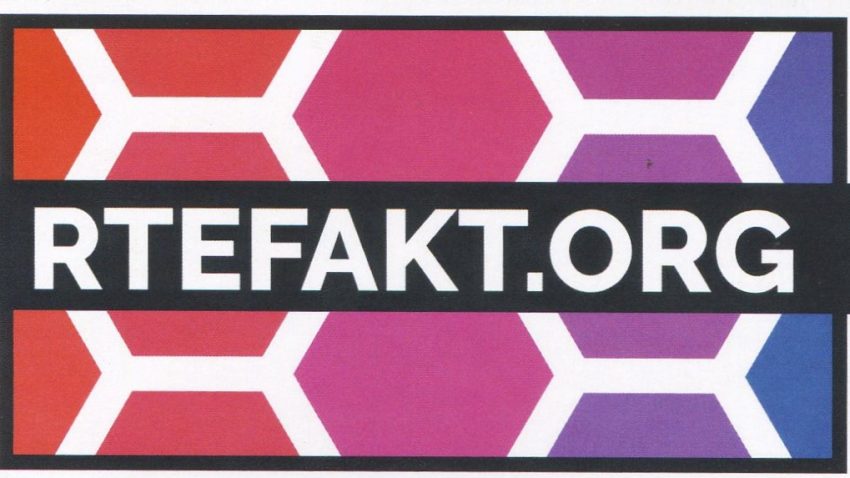 The Winkler Center would like to thank Nandita Baxi Sheth (DAAP) and the University of Cincinnati Scholars Program for seeking the Center’s participation in the Summer 2018 Scholars Program titled Artifact from the Future: A Trans Disciplinary Critical Inquiry Experience.
The Winkler Center would like to thank Nandita Baxi Sheth (DAAP) and the University of Cincinnati Scholars Program for seeking the Center’s participation in the Summer 2018 Scholars Program titled Artifact from the Future: A Trans Disciplinary Critical Inquiry Experience.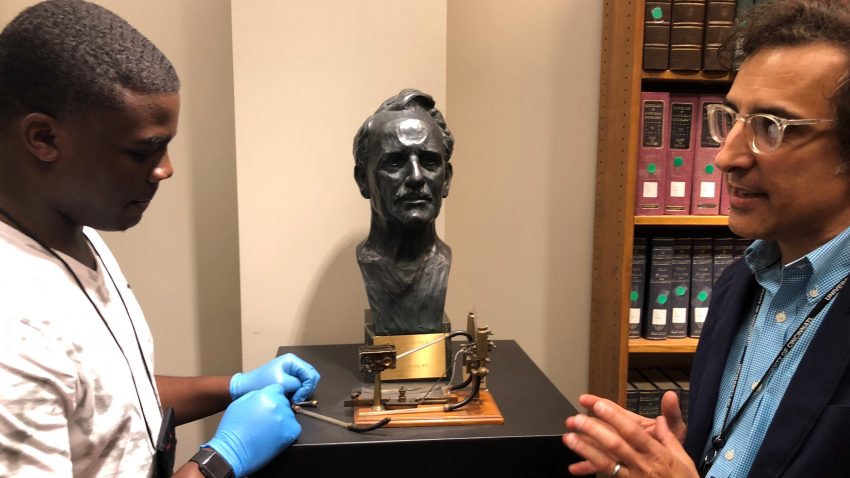
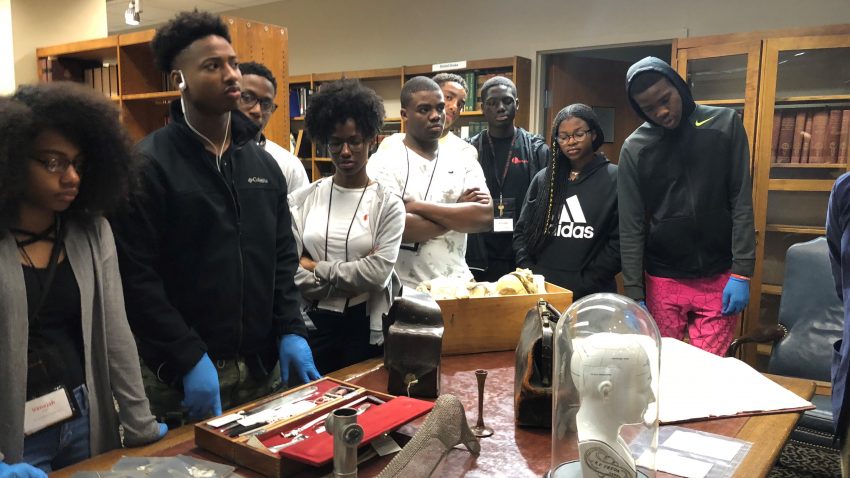
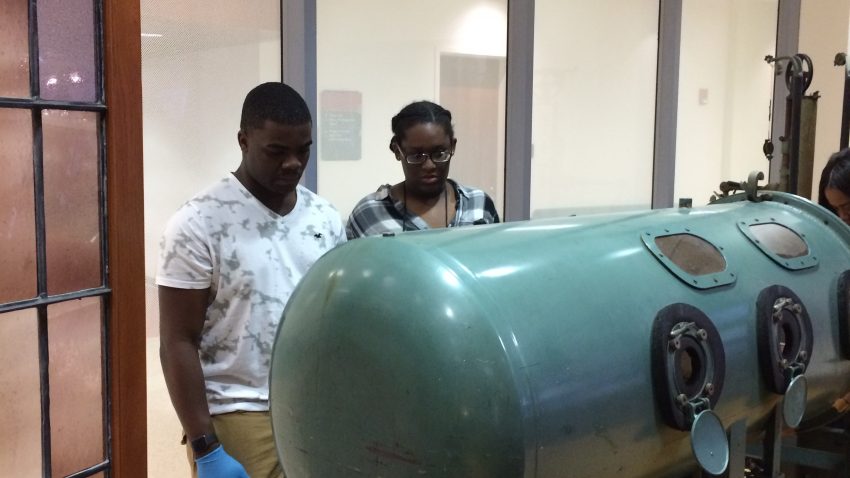
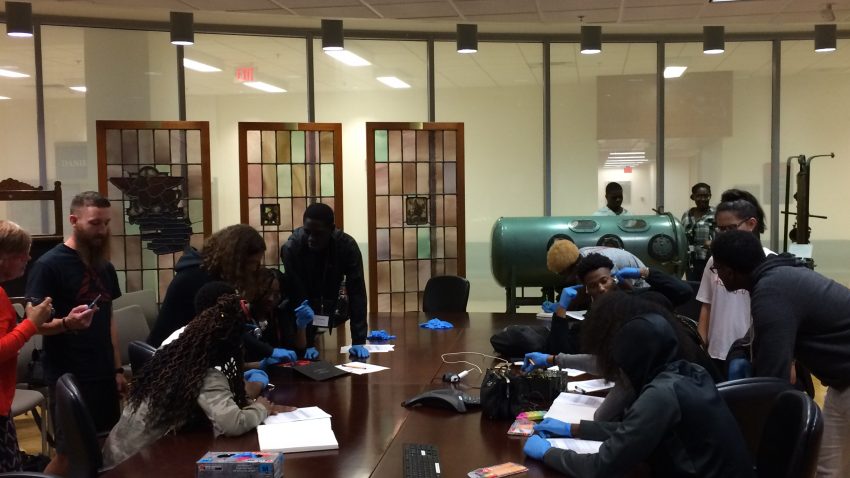
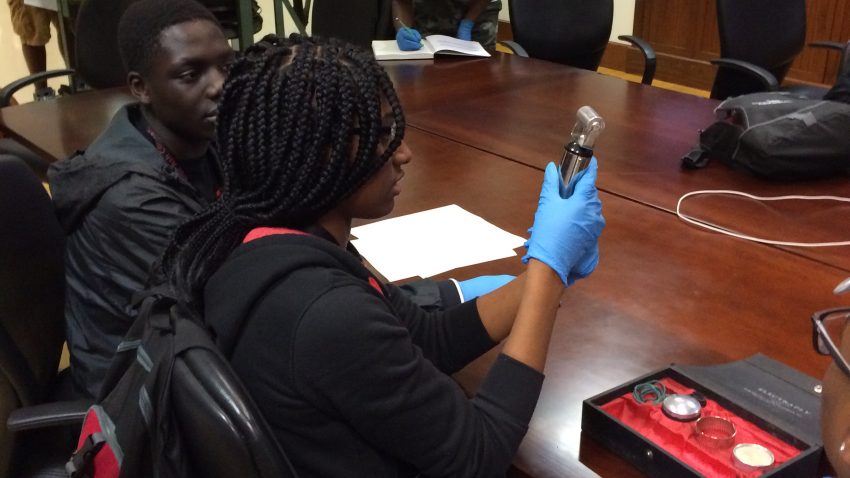
 Read Source, the online newsletter, to learn more about the news, events, people and happenings in UC Libraries.
Read Source, the online newsletter, to learn more about the news, events, people and happenings in UC Libraries.